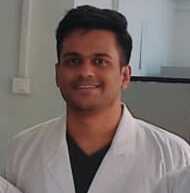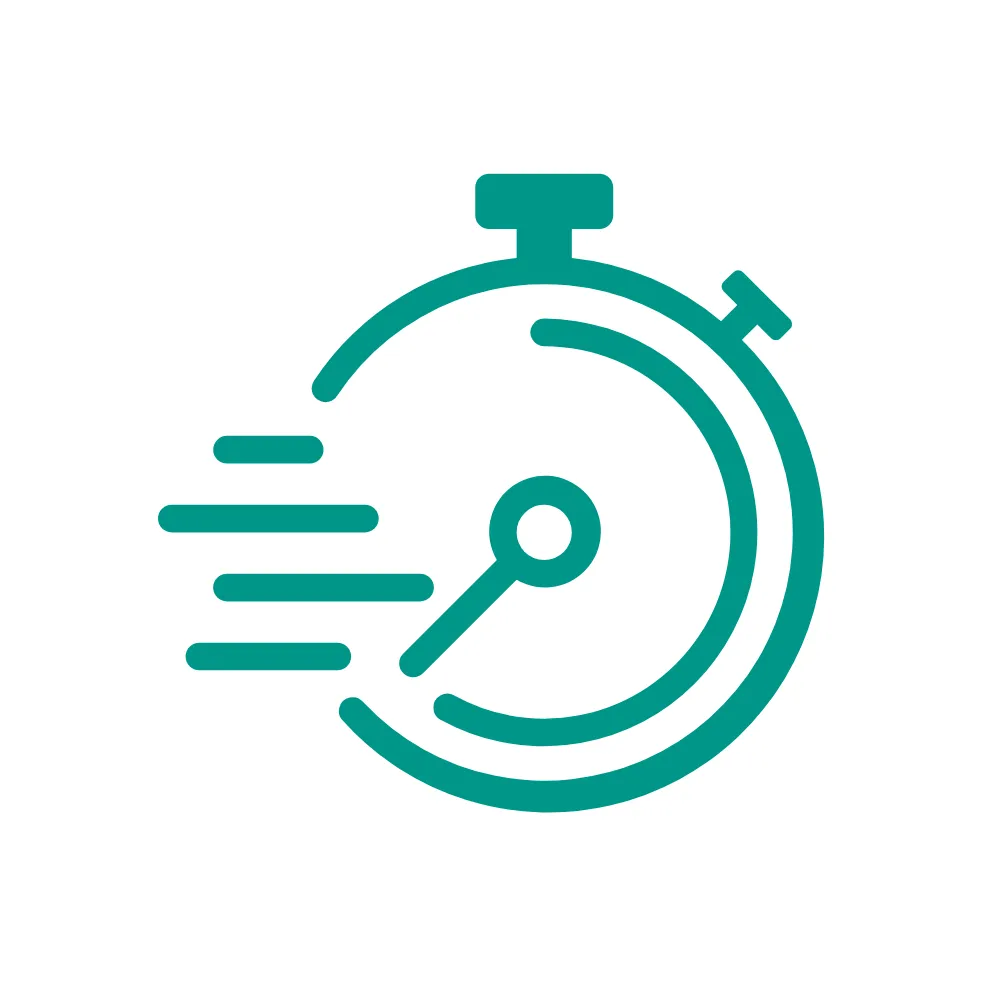
HIV Test after 32 days : which test to do
Learn which test has the best chance of diagnosing an HIV infection , 32 days after exposure. In depth analysis of 3rd generation, 4th generation and RNA PCR tests as well as their likelihoods of showing positive.Published Date : 2023-09-11T20:54:05.696Z
Updated Date : 2023-09-11T20:54:05.696+00:00
Table of Contents
How does the HIV virus multiply inside the body
What viral particles are in the body around 32 days after exposure?
What is a window period?
Which are the different tests that can be done to detect HIV?
Will a 4th generation lab based test detect HIV at 32 days?
Will a 4th generation Point of Care based test detect HIV at 32 days?
Will a third generation lab based assay detect HIV at 32 days?
Will a third generation point of care based assay detect HIV at 32 days?
Will a RNA PCR test detect HIV at 32 days?
What is the confirmatory test for HIV at 32?
References
How does the HIV virus multiply inside the body
Individuals encountering the HIV virus observe its replication unfolding within submucosal cells. Upon encountering CD4 helper T cells, key players in immunity, the virus establishes contact. Subsequently, the virus's genetic material, embodied as viral RNA, infiltrates these CD4 cells. This viral RNA undergoes transformation into viral DNA via reverse transcriptase. The introduced viral DNA takes charge of the cell's operations, guiding them to yield an increased quantity of viral particles. Eventually, the infected cell reaches its limit, leading to its rupture and the emergence of newly formed virions into the bloodstream.
What is a window period?
In HIV diagnosis, the window period is the stage when a person may have a high viral load but still test negative because the immune system hasn't mounted a significant antibody response.
Which are the different tests that can be done to detect HIV?
HIV detection employs a variety of tests targeting distinct components of the virus. Some tests focus on the p24 antigen, while others detect antibodies like IgM and IgG. Additionally, RNA PCR tests amplify HIV RNA for heightened sensitivity.
Third Generation Tests
3rd generation tests are so called because they detect antibodies to the HIV 1 and HIV 2 strains. These tests are available in two formats - lab based automated assays, which automate the processes of pipetting and dispensing and point of care assays that can be done using standard manual pipetting.
| Test Type | Description | Test Names |
|---|---|---|
| 3rd Generation | 3rd generation tests detect antibodies against HIV. |
|
Fourth Generation Tests
4th generation tests are so called because they detect both the HIV P24 antigen as well as antibodies to the HIV 1 and HIV 2 strains. These tests are available in two formats - lab based automated assays, which automate the processes of pipetting and dispensing and point of care assays that can be done using standard manual pipetting.
| Test Type | Description | Test Names |
|---|---|---|
| 4th Generation | 4th generation tests detect both antigen and antibodies. |
|

Will a 4th generation lab based test detect HIV at 32 days?
There is a relatively high chance of a 4th generation lab based test being able to detect the virus in your body on day 32 after exposure to the HIV virus.
An innovative approach to HIV testing, the 4th generation test identifies both the p24 antigen and IgM/IgG antibodies together, enhancing early detection..Lab based assays as described above are fully automated and are considered to be one of the most sensitive tests for early diagnosis of HIV. If you were exposed to HIV, there is a 74.3% chance that the 4th generation lab based assay will be able to detect the virus at 32 days. This is based on the varying levels of the p24 antigen as well as the time it takes for the antibodies to develop in the body agains the virus. It is recommended that you retest after some days since the chances of detecting HIV increase with time.
There is a relatively high chance of a 4th generation lab based test being able to detect the virus in your body on day 32 after exposure to the HIV virus.

Will a 4th generation Point of Care based test detect HIV at 32 days?
There is a relatively high chance of a 4th generation point of care based test being able to detect the virus in your body on day 32 after exposure to the HIV virus.
.Point of care assays as described above are generally performed with methods like lateral flow immunochromatography and are well suited for low resource and bedside settings. These assays have now achieved comparable results to lab based assays. If you were exposed to HIV, there is a 72.1% chance that a 4th generation point of care based assay will be able to detect the virus at 32. This is based on the varying levels of the p24 antigen as well as the time it takes for the antibodies to develop in the body agains the virus. It is recommended that you retest after some days since the chances of detecting HIV increase with time.
There is a relatively high chance of a 4th generation point of care based test being able to detect the virus in your body on day 32 after exposure to the HIV virus.

Will a third generation lab based assay detect HIV at 32 days?
There is a relatively high chance of a 3rd generation lab based test being able to detect the virus in your body on day 32 after exposure to the HIV virus.
The 3rd generation HIV test is a common screening tool that identifies both IgM and IgG antibodies against the virus, aiding in accurate diagnosis..Third generation assay only test for the IgM and IgG antibodies, as such the latency for positivity with these assays is greater. Third generation lab based assays use automation in various steps of the test and as such are considered to be more accurate than the point of care tests, however they require more expensive equipment. If you were exposed to HIV, there is a 66.7% chance that a 3rd generation lab based assay will be able to detect the virus at 32 days. This is based on the time it takes for the antibodies to develop in the body agains the virus. It is recommended that you retest after some days since the chances of detecting HIV increase with time.
There is a relatively high chance of a 3rd generation lab based test being able to detect the virus in your body on day 32 after exposure to the HIV virus.

Will a third generation point of care based assay detect HIV at 32 days?
There is a relatively high chance of a 3rd generation point of care based test being able to detect the virus in your body on day 32 after exposure to the HIV virus.
.Third generation assay only test for the IgM and IgG antibodies, as such the latency for positivity with these assays is greater. Third generation point of care based assays use lateral flow chromatography or similar techniques and are suited for low resource settings. If you were exposed to HIV, there is a 53.2% chance, that a 3rd generation point of care based assay will be able to detect the virus at 32 days. This is based on the time it takes for the antibodies to develop in the body agains the virus. It is recommended that you retest after some days since the chances of detecting HIV increase with time.
There is a relatively high chance of a 3rd generation point of care based test being able to detect the virus in your body on day 32 after exposure to the HIV virus.

Will a RNA PCR test detect HIV at 32 days?
There is a good chance of a RNA PCR Molecular Test being able to detect the virus in your body on day 32 after exposure to the HIV virus.
RNA PCR assays can detect viral loads as low as 20 copies of viral RNA/ml. RNA PCR assays can detect the virus as early as 10-12 days, and almost all patients will show positivity between 20-30 days.Based on the fact that you have been exposed 32 days ago, there is a 99.0% chance of the RNA PCR test being able to detect the virus.
There is a good chance of a RNA PCR Molecular Test being able to detect the virus in your body on day 32 after exposure to the HIV virus.
What is the confirmatory test for HIV at 32?
There is no 100% confirmatory test for HIV. Any negative test is recommended to be repeated after 45-90 days. Positive tests are usually reconfirmed on repeated sampling in accordance with the guidelines of your country's health organizations. While the RNA PCR test usually has the highest chance of detecting the virus, it is never recommended as a first line test, owing to its cost and complexity. A first line screening test is usually done (4th generation) and if it is positive, additional testing is recommeded.
References
- Hurt CB, Nelson JAE, Hightow-Weidman LB, Miller WC. Selecting an HIV Test: A Narrative Review for Clinicians and Researchers. Sex Transm Dis. 2017 Dec;44(12):739-746. doi: 10.1097/OLQ.0000000000000719. PMID: 29140890; PMCID: PMC5718364.Hurt et,al
- Kevin P. Delaney and others, Time Until Emergence of HIV Test Reactivity Following Infection With HIV-1: Implications for Interpreting Test Results and Retesting After Exposure, Clinical Infectious Diseases, Volume 64, Issue 1, 1 January 2017, Pages 53–59,Delaney et.al

Reviewed By - Dr.Bhargav Raut
Dr.Bhargav Raut is a qualified Pathologist, with over 5 years of experience in the field
Kindly note that any mention of products, doctors or hospitals in any of our blogs/content is purely for informational purposes and does not imply affiliation or endorsement.
Dr.Bhargav Raut offers Online Consultation for your lab reports. If you are confused about your reports, or want an opinion for a health concern, click the button below. He charges USD 14.99/- to go over your case. Dr.Raut is board certified (India) and has several years of experience in interpreting lab reports
Please attach your lab reports in the email with a short description of your illness/problem.
Email us at support@pathofast.com or click the button below
